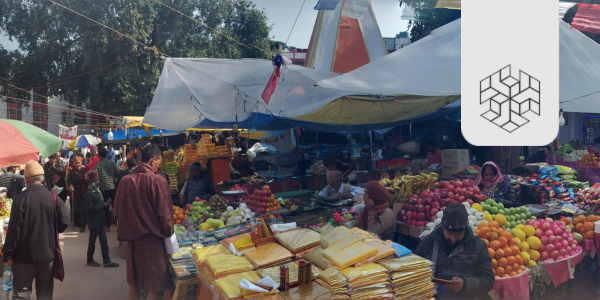Authored by – Prachi Paliwal
Edited by – Riya Singh Rathore, Kavita Majumdar, Sara Bardhan
Abstract
The status of education among backward castes in contemporary India reveals deep-rooted inequalities which manifest themselves in various ways. Backward castes face many challenges in accessing educational institutes owing to many reasons such as low accessibility to institutions, discrimination in the admission process, unfair treatment in classes, undue peer pressure based on caste identities, societal pressures and so on. This mistreatment of marginalised individuals translates into the slow social progress of the community over the years. Government policies that aim to reduce inequality often do not reach intended beneficiaries due to ineffective implementation, complicated procedures, and lack of awareness, among other reasons. As highlighted in a study by the World Bank (2017), a new approach to policy making could be explored as a way forward to make policies more comprehensive, targeted, and sustainable.
Introduction
Caste plays an essential role in everyday life of many individuals in India. Given the lucid framework and its interpretation in different forms across states and regions, evaluating caste identities combined with gender, sub-castes, and economic backgrounds reveal a new lens to policy making. The World Bank (2017) analysed the everyday impact of caste (Varna) and sub-castes (Jatis), finding that although welfare policies are made at a macro level, local dynamics and on-ground realities such as caste, gender, and geography considerably impact an individual’s accessibility to resources. The Hindu society’s odious caste structure is aptly captured by Dr. B.R. Ambedkar’s metaphor of caste being “a multi-layered tower with no staircase and no entrance. Everybody had to die in the storey they were born in.” (Ambedkar and Roy 2014).
With caste superstructures in place, education becomes the only ‘ladder’ that can help break this rigid social order and allow movement across ‘levels.’ Therefore, access to education is one of the most powerful ways to combat caste stratification. This paper assesses the current status of education in scheduled castes and marginalised classes on different parameters such as enrolment ratio, dropout ratio, and education at different stages. It evaluates the underlying reasons for these disparities, examines the impact of select government policies and advocates for a new approach to policy making and implementation that may be more impactful.
Current Status of Education in Marginalised Groups
Through the latest National Policy on Education [NEP], India launched a series of government schemes across elementary, secondary, and higher education to increase access to education within all demographic groups. NEP schemes promise a special focus on students from disadvantaged backgrounds by offering scholarships or ensuring infrastructural support. However, the current enrollment ratio captures a different reality (Table 1 below).
Table 1: GER [Gross Enrolment Ratio] in school education for different gender and social groups (2015-16)

Sources: Educational Statistics at Glance (2018) and PRS India (2021)



